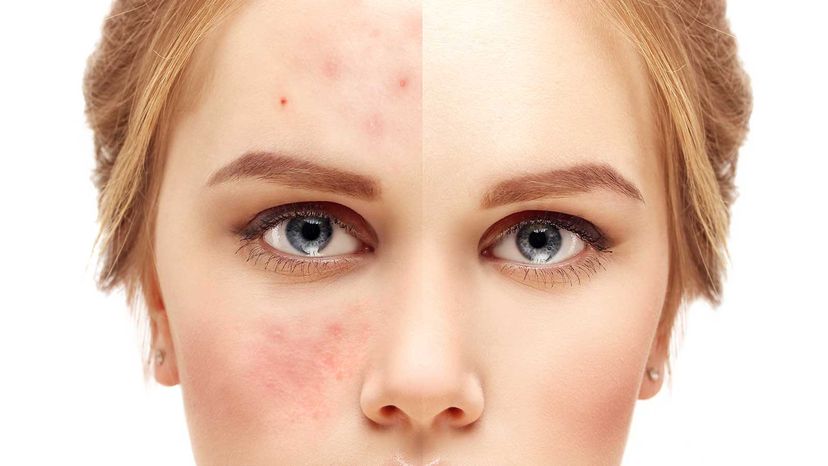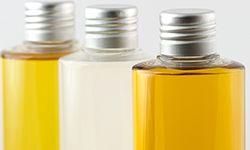
Ever since you were a teenager, you've heard everyone from dermatologists to celebrities touting beauty products talk about the various "skin types." The most common skin types are: normal, dry, oily and sensitive. But not all people's skin falls so neatly into one category or the other. In fact, some folks may have a complexion that's dry and oily. If this is the case, you most likely have combination skin.
People with combination skin usually have an oily T-zone (which includes the forehead, nose and chin) and dry or normal skin everywhere else (like the cheeks). "The T-zone typically is oily because of the high concentration of sebaceous (aka, oil-producing) glands that exist in this area," says Joshua Zeichner, M.D., director of cosmetic and clinical research at Mount Sinai Medical Center in New York City. "The cheeks, on the other hand, may be relatively less oily or even dry since there are fewer sebaceous glands." Because the T-zone produces the most oil, it is especially prone to blackheads and shiny skin.
Advertisement
The reason for combination skin is unknown but it is most likely due to genetics, hormones and puberty, which is when oil glands increase their production of sebum. Your skin type may also change as you age, so oily skin in high school may turn to combination skin in college. The type of products you use can also exacerbate the problem if they irritate your skin.
If you have combination skin, you may have to use a variety of products to treat your tumultuous facial terrain.
"The best approach to this type of skin is to use a gentle, creamy, non sudsy cleanser in the morning and a sudsy or pre-soaped towelette at night," says Francesca Fusco, M.D., assistant clinical professor of dermatology at Mount Sinai School of Medicine in New York City. Stick to an oil-free moisturizer containing the hydrating ingredient dimethicone, which can "add moisture to dry areas and help absorb oil in the T-zone," says Zeichner. Look for "noncomedogenic" on the label, which means it won't clog pores. And be sure to limit toners to oily areas and only use face cream on dry spots. That way, your skin will stay in perfect balance.
Advertisement

